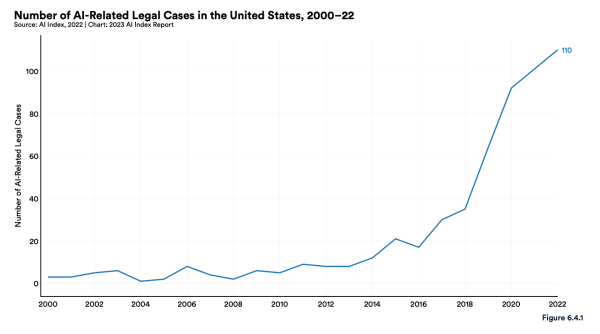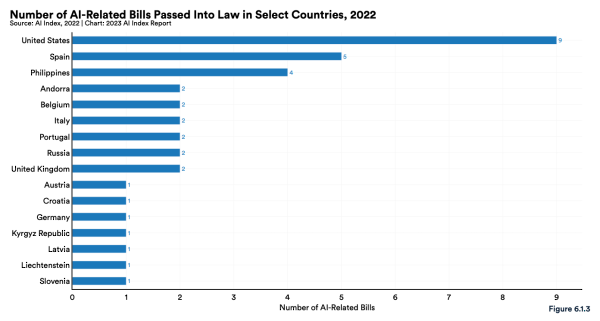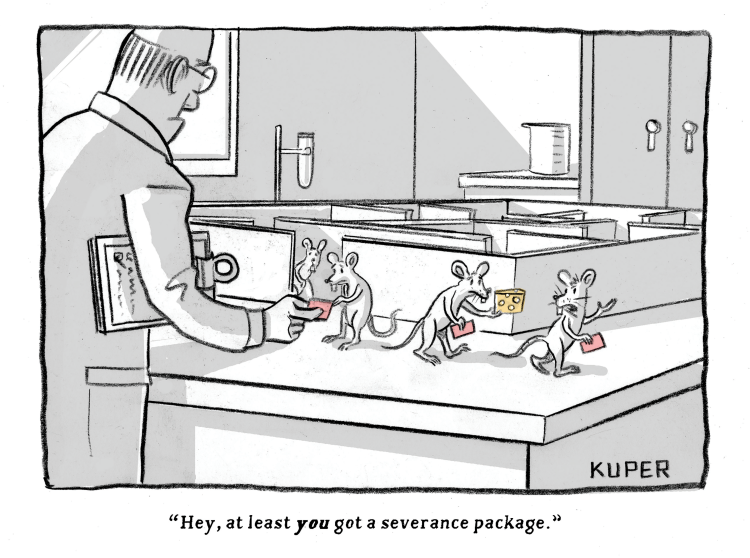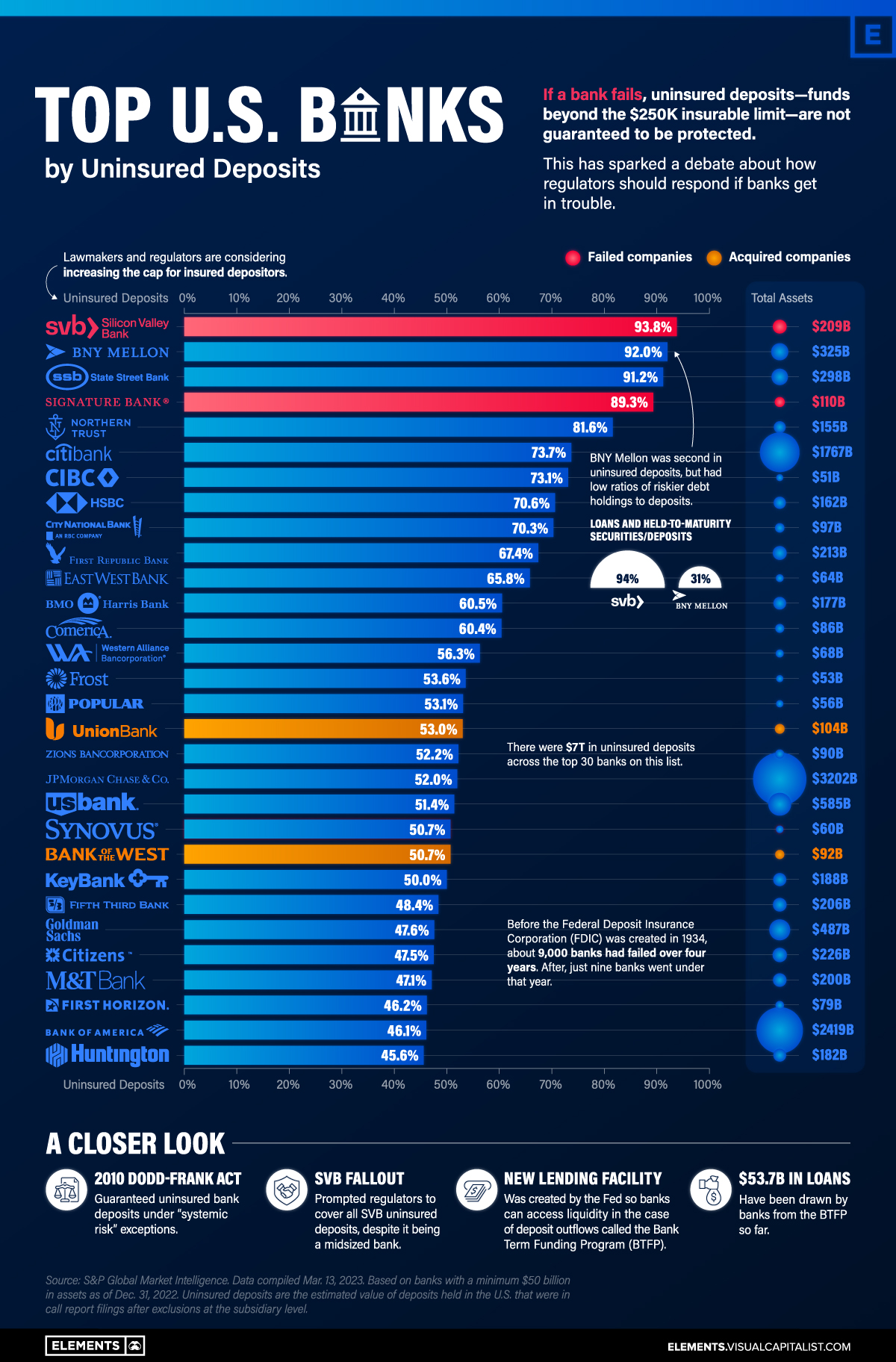As I experiment with social media in preparation for the launch of my book "Compounding Insights: Turning Thoughts Into Things in the Age of AI," we've started producing short videos where employees ask me questions … some dumb and some smart.
One we just released asked the question, "Does astrology work?" Here is my response.
via Howard Getson's YouTube Channel.
The first answer is … at least not the way many believers wish it would. Nonetheless, many get value from astrology because it helps them think about themselves and others from a different perspective while providing comfort and structure.
It's like a nightlight in the dark. It doesn't make you any safer, but it feels like it.
Unfortunately, like many things … some people take it too far.
Trading is more accessible than ever before. We've gone from scrums of traders in trading pits to armchair experts investing in real estate, cryptocurrencies, options, and more from the comfort of their couches in their underwear.
With accessibility often comes misuse. And, in this specific case … astrology.
"Mercury Is In Retrograde … Should I Sell My Stocks?"
A blindfolded monkey throwing darts at a newspaper’s financial pages could select a portfolio that would do just as well as one carefully selected by experts. – Burt Malkiel, “A Random Walk Down Wall Street”
My son brought to my attention an iPhone app – Bull and Moon; "Find stocks whose stars align with yours."
Human Mel via Twitter
After you create your "astrological investor profile," their "proprietary financial astrology algorithm recommends an optimal portfolio of six stocks and shows your compatibility score with thousands more."
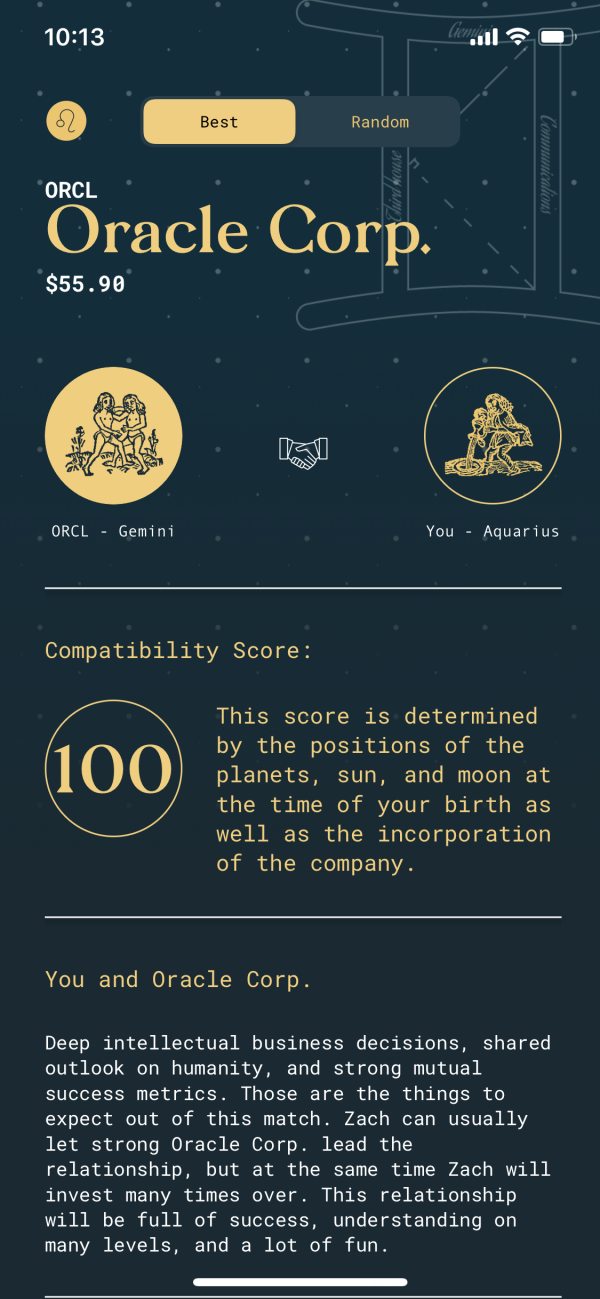
Bull and Moon via Zach Getson
It's fun to hear about things like the Big Mac Index or the Super Bowl Indicator … but this seems pretty out there.
The picks were pedestrian: Oracle, Hasbro, American International Group, Microsoft, Yum! Brands, and FedEx.
The logic and commentary were entertaining. The choices were based on "similarities in business decisions," "shared outlooks on humanity," and "strong mutual success metrics."
Here is an excerpt:
Zach can usually let strong FedEx Corporation lead the relationship, but at the same time, Zach will invest many times over. This relationship will be full of success, understanding on many levels, and a lot of fun.
At least it's entertaining … even if it doesn't constitute an edge. Whether it works or not, there is a demand for it in the market. Some people pay thousands of dollars for astrology-based trading advice.
As a reminder, in trading, life, and business … if you don't know what your edge is, you don't have one.


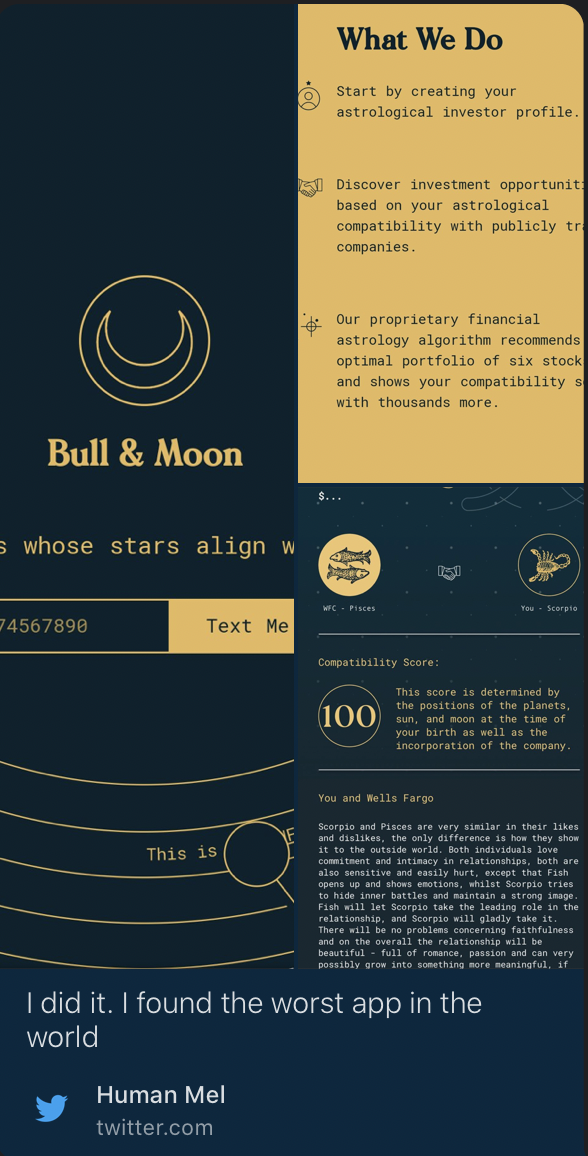
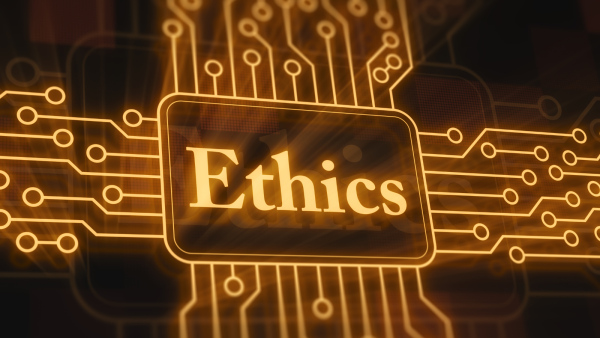

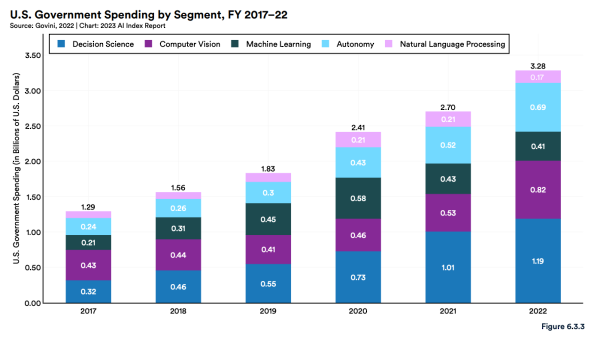
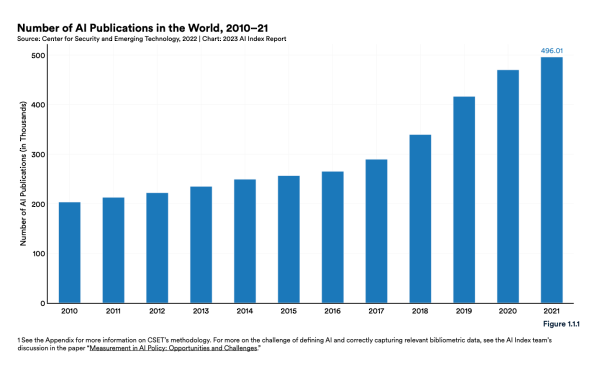
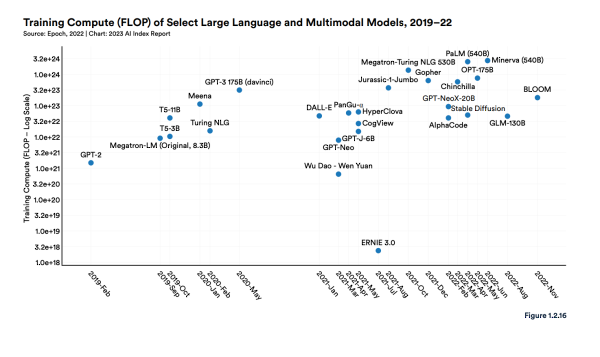
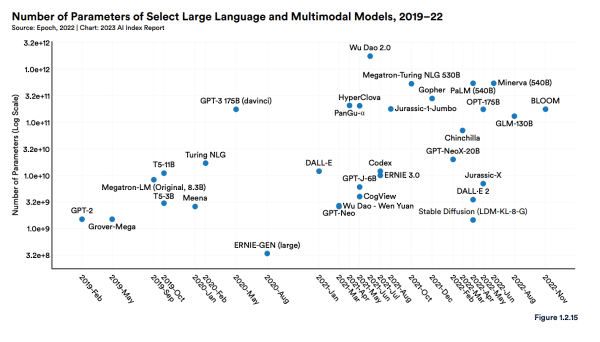 via
via 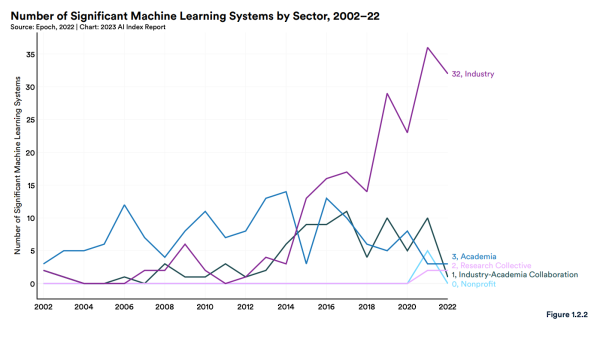
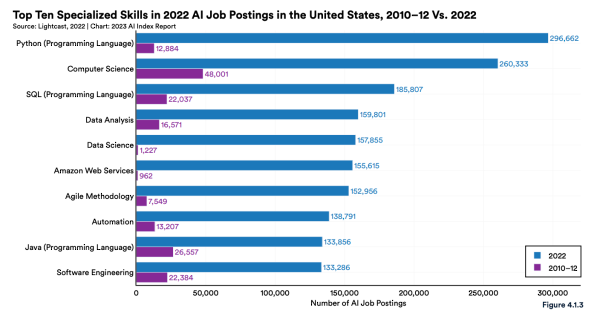 via
via 